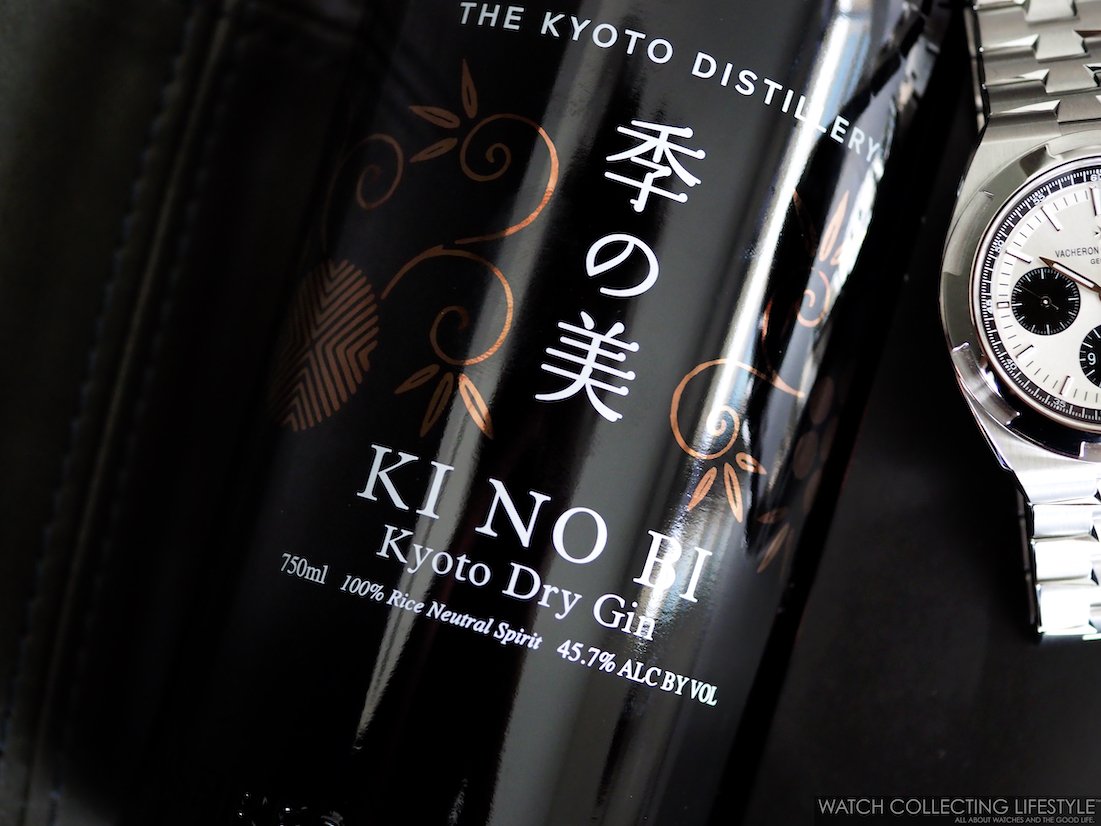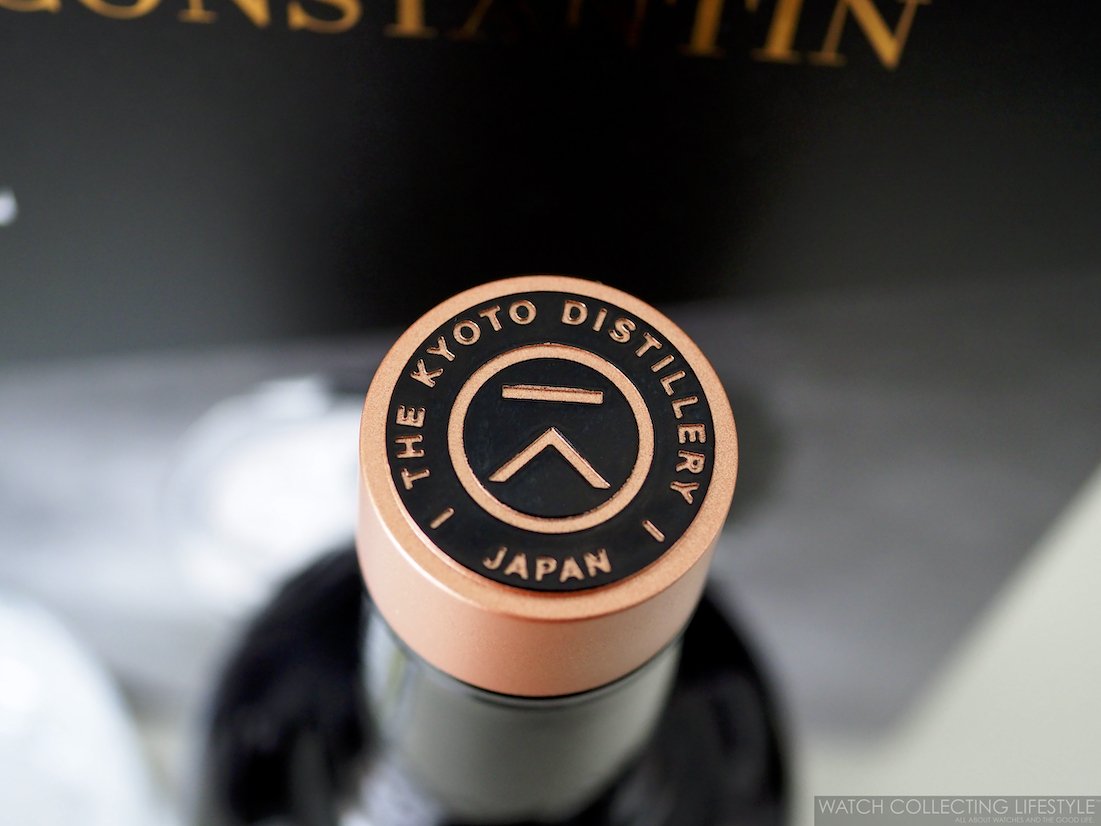The Kyoto Distillery was established in 2014 and KI NO BI Kyoto Dry Gin was born. This gin is the very first Dry Gin created in Japan and is fully inspired by Japanese culture while blended and bottled in Kyōto —the former capital of Japan for more than 1,000 years. Using water from Fushimi, where the Fushimi Inari shrine is located with its thousand orange torii gates in the south of Kyoto, the water from Fushimi is renowned for its purity, softness, and flavor, giving this gin a unique flavor.
Comprised of six elements with a total of eleven botanicals, KI NO BI —which means “The Beauty of the Seasons”— Kyoto Dry Gin gives the gin a twist, very much like the new Vacheron Constantin Overseas Chronograph Panda gives panda chronographs a twist with the versatility of its interchangeable strap system and its strikingly beautiful dial.
This unique Japanese gin is made in a recognizably dry style, but with a distinct Japanese accent. While most modern gins are based on alcohol distilled from grains such as wheat or barley, The Kyoto Distillery uses a rice-based spirit sourced from the famous sake-brewing district of Fushimi. Chosen for its distinctive flavor, the rice-based spirit has a clean taste and delivers a delicious and smooth-tasting experience.
Even though KI NO BI Kyoto Dry Gin is a totally different type of gin due to its rice-based spirit foundation, the use of juniper berries —a key ingredient in every gin— was critical in creating this gin. In addition to the juniper berries from Macedonia, the eleven botanicals utilized to create the KI NO BI Kyoto Dry Gin include some botanicals either endemic to Japan or grown locally such as Hokutu yuzu from the north of Kyoto Prefecture, Akamatsu tree wood chips —Japanese red pine—, bamboo leaves, organic Kisshoin lemons from Hiroshima, Gyokuro green tea from the Uji region, green sanshō —Japanese peppercorn— berries, orris —a fragrant rootstock—, ginger, kinome leaves, and red shiso leaves.
Even though this gin is bottled at 45.7% alcohol by volume, the botanicals are blended in perfect harmony for a complex very distinctive yet surprisingly smooth flavor.
While some of the botanicals utilized in KI NO BI Kyoto Dry Gin are often commonly used across the board in many gins, those that are endemic to Japan give this gin an extremely unique flavor, unlike anything else we’ve ever tried.
For instance, the tree chips from the Akamatsu tree are particularly fragrant thanks to their high resin content and pair surprisingly well with the juniper berries. The Japanese yuzu sourced from Hokuto Nouen in Ayabe, in the northwest part of Kyoto Prefecture is reminiscent of a tart mandarin, an orange blossom, and a sweet Amalfi lemon. The lemons from the Onomichi area of Hiroshima are regarded as the finest in all of Japan and are renowned for being particularly aromatic, sweeter, and less acidic than other varieties.
The green sanshō peppercorn and the kinome leaves give KI NO BI an oriental and spicy aroma, which mainly features on the finish. Wildly aromatic, with strong citric notes of kaffir lime and lemongrass, as well as warming, peppery spice. Meanwhile, ginger gives a sharp and juicy mouthfeel, adding complexity to this gin, while the Gyokuro green tea is the finest in Japan and it provides the same grassy aroma that you would get in a cup of matcha. Lastly, bamboo leaves and shiso add a fruity and floral essence to the underlying flavors of KI NO BI.
The end result of this very unique rice-based gin is bright, spicy, and slightly coniferous with initial notes of pine and citrus followed by warm undertones of camphor, moss, and a touch of lavender. A complex process for a complex final product, very much like the process that takes place at the oldest watch manufacture in the world while producing the Vacheron Constantin Overseas Chronograph Panda. Cheers to a G&T.
Sticker Price $75 USD —watch not included. For more info on The Kyoto Distillery click here and for Vacheron Constantin here.
























